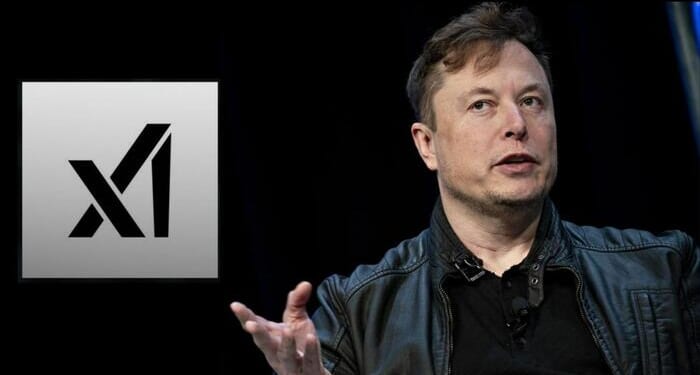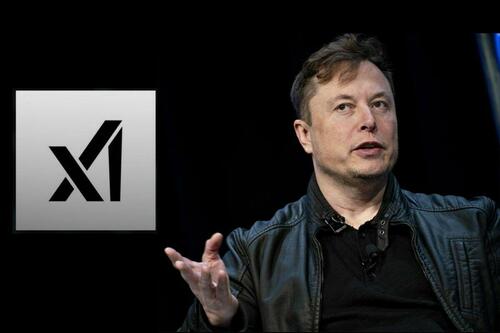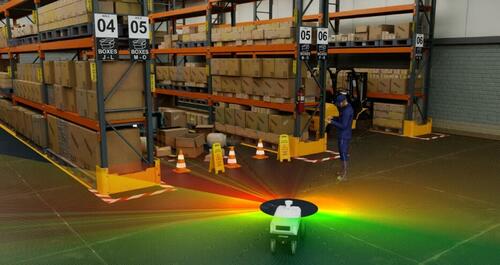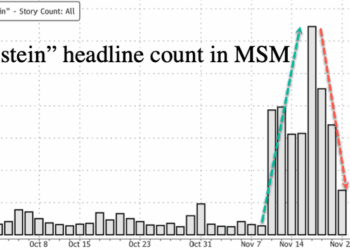Elon Musk’s xAI is setting its sights on something that could revolutionize everything from video games to AI-humanoid robots: “world models.”
These next-generation artificial intelligence systems promise not just to read about the world but to understand it – to reason about gravity, motion, and cause and effect in a way that large language models never could.
Large language models (LLMs) excel at statistical patterning in text. “World models” aim at something deeper: they learn compact internal representations of how environments evolve over time, so an agent can imagine futures, evaluate them, and choose actions – before touching the real world. Foundational work by David Ha and Jürgen Schmidhuber showed how a learned generative model can compress visual environments and power a lightweight policy; the agent effectively practices inside its own learned simulator, FT reports.
If successful, world models could enable:
-
Smarter humanoid robots,
-
Fully simulated 3D environments, and
-
AI-assisted design tools that blend text, image, and motion understanding.
Nvidia recently told the Financial Times that the potential market for world models could approach the size of the entire global economy, because of how broadly they could be applied.
“What is the opportunity for world foundation models? Essentially . . . $100tn if we can make an intelligence that can understand the physical world and operate in the physical world,” said Rev Lebaredian, vice-president of Omniverse and simulation technology at Nvidia.
From Words to Worlds
Unlike current video generation tools – like OpenAI’s Sora, which “generate frames of images for videos by predicting patterns learned from training data” – xAI’s world models aim for a causal understanding of physics and real-time object interaction.
This is the leap from imitation to intuition. A world model doesn’t just replay what it’s seen; it learns the rules that govern reality. That could eventually allow AI systems to plan, experiment, and adapt inside virtual environments – an essential capability for robotics, autonomous vehicles, and perhaps even digital life forms that evolve in simulation.
xAI’s near-term application is interactive 3D game generation, with Musk signaling a “great AI-generated game” on the roadmap. Games are an ideal training ground: rich physics, controllable complexity, abundant feedback loops, and safe failure. At the same time, the industry’s simulation stack is getting serious: Nvidia’s Omniverse and robotics tools let developers create digital twins and physics-accurate training stages for “physical AI.” Nvidia is also pushing foundation models for robots (e.g., GR00T/Isaac), arguing that generalist robotics is arriving as data generation and simulation pipelines scale.
These models could allow AI to move from guessing to grasping — predicting not just what should happen next in a sentence, but what will happen next in the real world. Instead of seeing frames of pixels, a world model perceives forces and trajectories, cause and effect – a physics engine for intelligence.
Here’s what makes world models different:
- Causality over correlation: Instead of predicting pixels frame-by-frame, the model learns state transitions—how objects and forces evolve—enabling planning rather than mere imitation. (Ha & Schmidhuber; Dreamer; MuZero.)
- Latent imagination: Agents can “practice” billions of steps in their internal simulators, improving data efficiency and safety before touching reality. (Dreamer; DayDreamer.)
- Bridging sim and real: Modern simulation stacks (Omniverse, Isaac) plus learned models create a virtuous cycle—generate diverse scenarios, learn robust policies, transfer to real robots with fewer surprises.
Musk’s Manhattan Project for Reality Simulation
According to the Financial Times, xAI has hired Nvidia specialists Zeeshan Patel and Ethan He, two researchers with experience developing simulation-based AI. Nvidia’s own Omniverse platform has been a testbed for this technology, enabling digital twins of real environments to train both AIs and robots.
xAI is on a hiring spree. Its listings call for engineers in image and video generation to join an “omni team” focused on “magical AI experiences beyond text.” Salaries range from $180,000 to $440,000, signaling the level of technical expertise the company expects.
It’s even seeking a “video games tutor” — someone who will train Grok to design games and help users “explore AI-assisted game design,” for $45 to $100 an hour.
Musk has teased that xAI will release a “great AI-generated game before the end of next year.”
Not everyone is convinced. Building accurate, scalable world models requires enormous amounts of data — video, robotic telemetry, sensor streams — and collecting it is slow and expensive.
Even within the gaming industry, some see limits. Michael Douse, head of publishing at Baldur’s Gate 3 studio Larian, argued this week that AI can’t fix the industry’s core problem: “leadership [and] vision.” The industry doesn’t need “more mathematically produced, psychologically trained gameplay loops,” he said, “but rather more expressions of worlds that folks are engaged with, or want to engage with.”
Still, Nvidia recently told the Financial Times that the potential market for world models could be almost as large as the global economy itself – an audacious claim that underscores the scale of expectation.
h/t Capital.news
Loading recommendations…




















